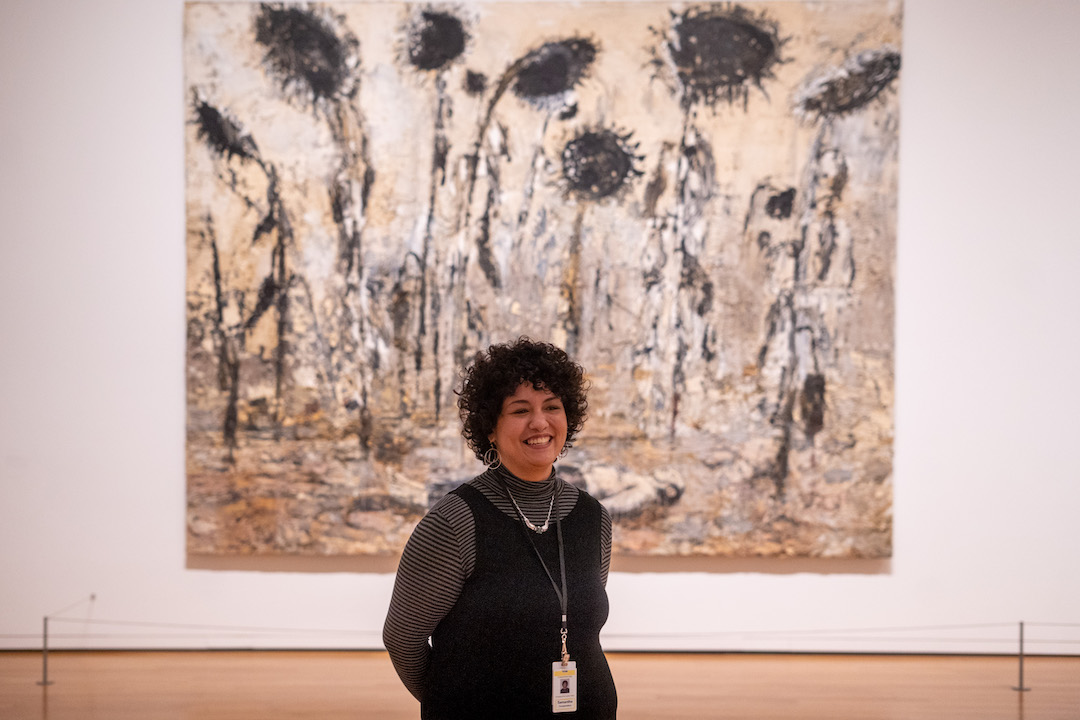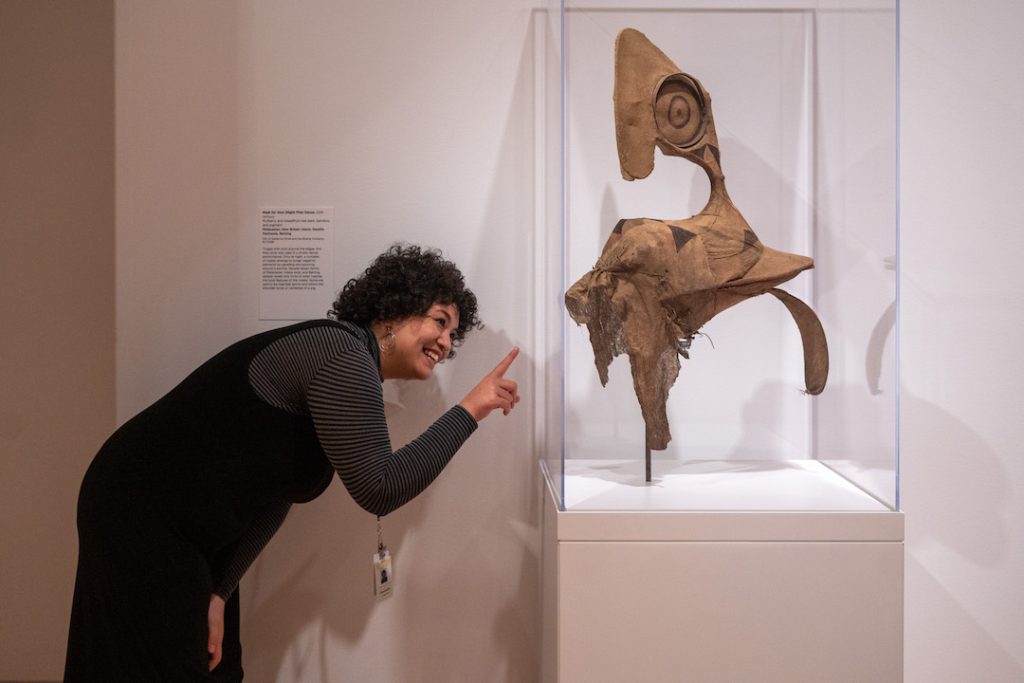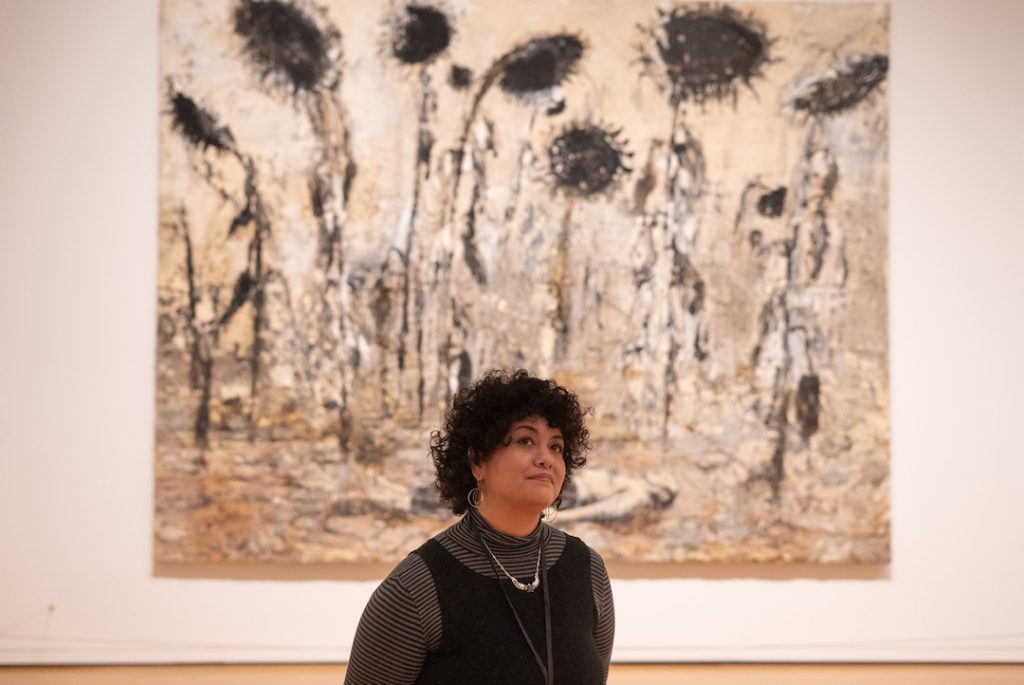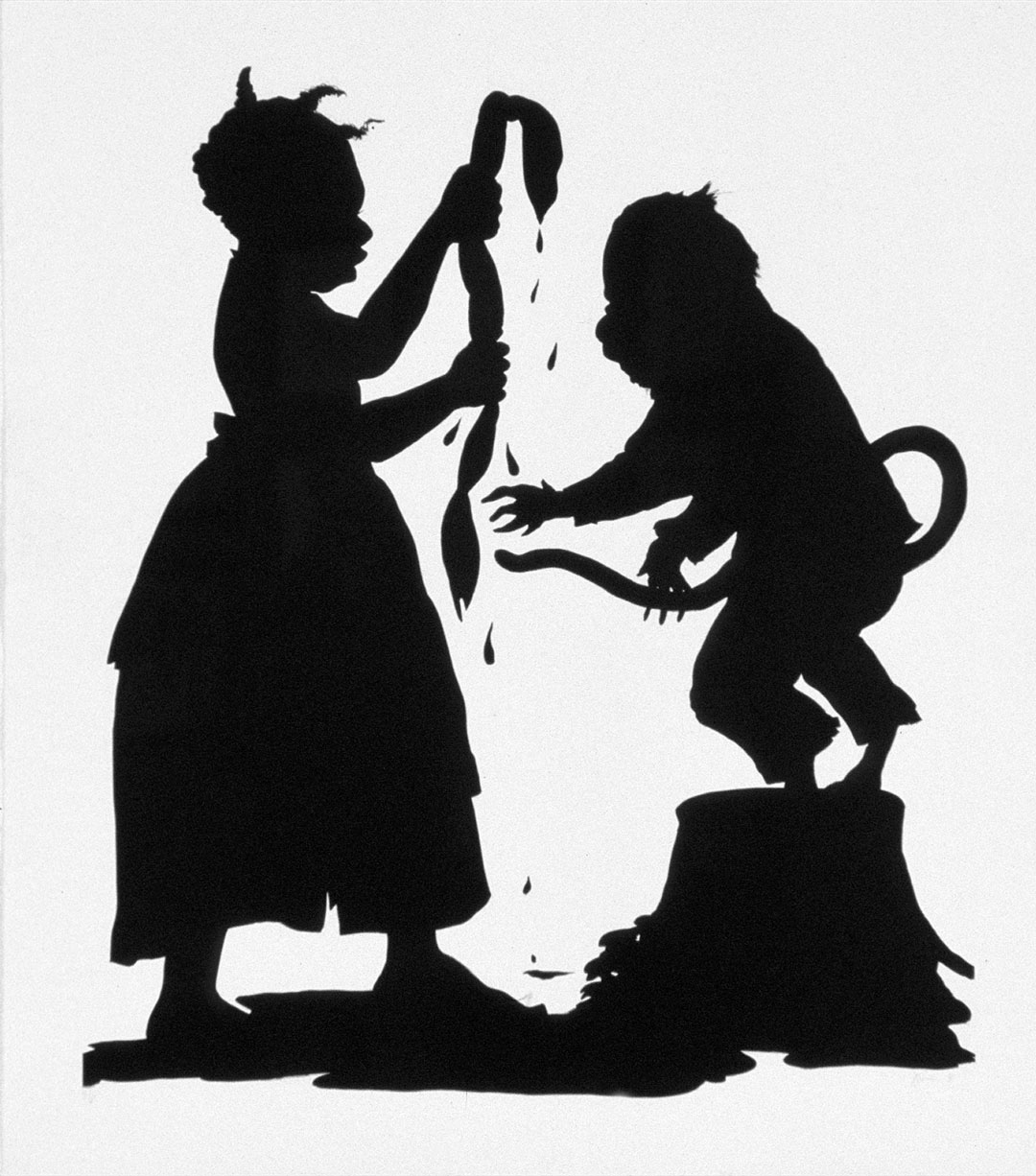Endless Possibilities in the Art World: Emerging Arts Leader Samantha Companatico Reflects
Originally from Rhode Island, I spent countless hours roaming the galleries and storied halls of Rhode Island School of Design (RISD), soaking in all of the art, and hearing new concepts. I wondered if one day I would be someone whose artwork would be up on those walls. I thought about how I could be a part of creating these special places for others. From there, I attended the San Francisco Art Institute where I obtained my BFA in Printmaking and was selected for the Arion Press Bookbinding Apprenticeship. I recently moved to Seattle for this internship from Portland, Oregon where I was the recipient of the Undergrowth Educational Print Fund, a studio scholarship program at Mullowney Printing Company. I had the opportunity to work closely with several well established artists over the course of both these apprenticeships such as Enrique Chagoya, Marie Watt, Jeffrey Gibson, and Kara Walker. As I move forward in my career, I am eager to find ways to incorporate myself into the local book and print arts community in Seattle.
Admittedly, I felt scared and scattered during my first few weeks at SAM, trying to find my place while putting my best foot forward. When I was first asked to consider the personal and professional goals I hoped to achieve, I only had questions for myself about what I wanted to do and about what I wanted to try next. Is working in a museum for me? Is conservation something I want to pursue further? Do I want to or need to go back to school? These questions shaped my conversations at SAM, and I am so thankful for the support from the conservation department as I confronted these uncertainties.
While at SAM, I learned about the education and career paths of other conservators and museum professionals. It was eye-opening to see how conservators at SAM build connections and community with other artists and academics. As I focused on conservation writing and object preparation for future gallery rotations, I am now more excited than ever to take my newfound skills into my future endeavors in the art world, whatever they might be.
I believe the path to a better world is through respect for art, the skill of craft, an understanding of people, and a recognition that art has a powerful role to play in supporting a hopeful transformation of the world. The ways in which I see SAM aiming for equity within the entire organization has been inspiring. To have this symbiotic relationship between my personal artwork, my passion for historical objects, and my political convictions is why I continue my work in uncovering hidden histories and sharing my knowledge with others.
It’s bittersweet as my Emerging Arts Leader Internship comes to a close. My experience at SAM has been nothing short of life-changing and my work with the conservation team has been a dream come true. I will always look back on this experience and my time with Geneva, Liz, Nick, and fellow intern Caitlyn fondly. I hope one day again I might have the chance to color match tissue to an object for repair, attempt to reattach a broken handle on a cedar bark purse again, or write one last condition report. I will forever cherish being able to work so closely with objects from around the world. Forming such a personal relationship with the art that I grew up enamored by and considering it in a completely different way has been one of the greatest learning experiences I could have ever hoped for.
– Samantha Companatico, SAM Emerging Arts Leader Intern in Conservation
Photos: Chloe Collyer.



